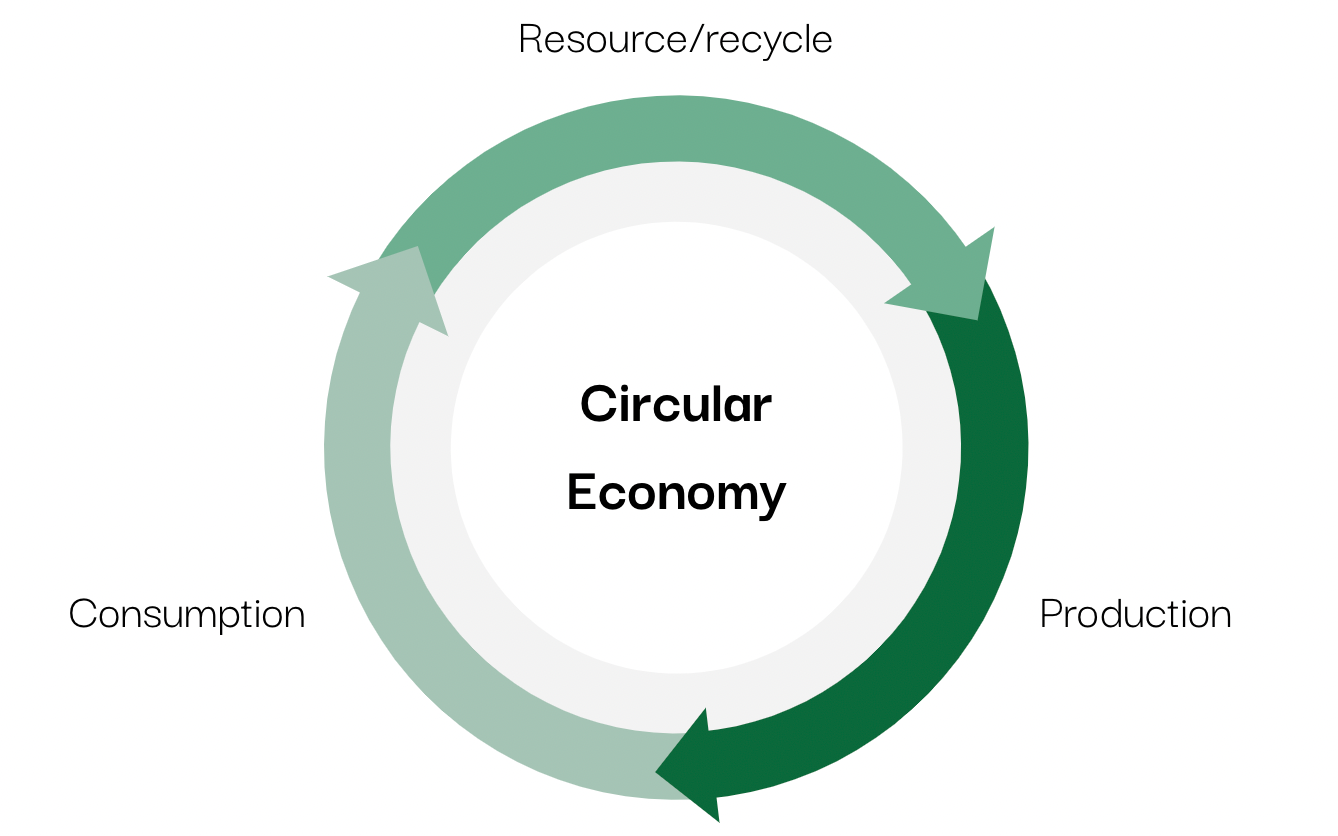What is a Circular Economy?
The circular economy represents a transformative approach to how we produce and consume goods. Unlike the traditional linear model—where resources are extracted, used, and discarded—a circular economy views resources as renewable. Instead of manufacturing products for single use, this system designs them for reuse, repair, and recycling, ensuring materials remain in the economy as long as possible. In essence, it’s about eliminating waste and making sustainability the foundation of progress.
Why Adopt a Circular Economy?
This innovative model offers far-reaching advantages for the environment, economy, and consumers:
- Environmental Benefits: Circular practices can reduce CO2 emissions from manufacturing by up to 70%. In the fashion industry alone, this could save 1.4 billion metric tons of greenhouse gases annually by minimizing the need for virgin raw materials.
- Economic Growth: Transitioning to circular systems fosters job creation in areas such as design, repair, and recycling. Studies show it can significantly lower unemployment rates by introducing roles that prioritize sustainability over extraction-based industries.
- Consumer Value: Products in a circular economy are designed to last longer, be repairable, and avoid planned obsolescence. This means extended lifespans for goods and reduced overall costs for consumers.

How Does renue.eco Support the Circular Economy?
At Renue, we’re passionate about driving the shift to a circular economy in practical, impactful ways. Here’s how:
- Repair Services for Longevity
We connect you with local clothing repair experts, helping you extend the life of your garments. By repairing just 1 kilogram of clothing, you can prevent up to 20 kilograms of CO2 emissions. It’s a small step with a significant impact. - Empowering Thrift and Second-Hand Shopping
Purchasing second-hand clothing isn’t just affordable—it’s a direct contribution to sustainability. For every 20 second-hand items you buy, you help save the resources needed to produce 10 new garments. We provide a curated guide to thrift stores, making it easy to donate your pre-loved clothes and discover unique, sustainable fashion finds near you. - Promoting Upcycling
Even when clothes can’t be resold, their materials can find new life. From rags to repurposed products, the possibilities are endless. By supporting second-hand markets, you’re helping ensure textiles are used to their fullest potential.
Join Us in Building a Sustainable Future
The transition to a circular economy isn’t just a trend—it’s a necessity. Together, we can reduce waste, conserve resources, and create a better future for our planet. Explore our repair services and thrift shop directory to start making a difference today.
References
- Bressanelli, G., Pigosso, D. C. A., Saccani, N., & Perona, M. (2021). Enablers, levers and benefits of circular economy in the electrical and Electronic Equipment Supply Chain: A literature review. Journal of Cleaner Production, 298, 126819. https://doi.org/10.1016/j.jclepro.2021.126819
- Corvellec, H., Stowell, A. F., & Johansson, N. (2021). Critiques of the circular economy. Journal of Industrial Ecology, 26(2), 421–432. https://doi.org/10.1111/jiec.13187
- Farrant, L., Olsen, S. I., & Wangel, A. (2010). Environmental benefits from reusing clothes. The International Journal of Life Cycle Assessment, 15(7), 726–736. https://doi.org/10.1007/s11367-010-0197-y
- Wijkman, A., & Skånberg, K. (2015). The Circular Economy and Benefits for Society Jobs and Climate Clear Winners in an Economy Based on Renewable Energy and Resource Efficiency. The Club of Rome – supported by MAVA Foundation.
- Humana People To People. (2021, November 22). Reusing textiles is key for the circular economy and the creation of green jobs. Read More
- McKinsey & Company. (2020, August 26). Fashion on climate. Read More
- UPC Universitat Politècnica de Catalunya. (n.d.). Reusing 1 kg of clothing saves 25 kg of CO2 according to a study by INTEXTER. Read More
- World Bank Group. (2019, October 8). How much do our wardrobes cost to the environment? Read More

